King's Cup - 1936
-
Reiss, Peter Quentin
Mr Peter Quentin Reiss 
photo: 1931, aged 34
An Insurance Broker and Underwriter, originally from Manchester. Lieutenant, Lancs Fusiliers in WWI. Started flying with the RFC in 1917 and was still active in 1964, when he gave a dinner for Gatwick's controllers.
![Air Bathing Party Skegness PQ Reiss, L Everard etc [0312-0136]](/images/gallery/bread%20and%20circuses/preview/333s333/Air%20Bathing%20Party%20Skegness%20PQ%20Reiss%2C%20L%20Everard%20etc%20%5B0312-0136%5D.jpg) (r), Air Bathing Party, Skegness
(r), Air Bathing Party, Skegness© The Royal Aero Club [0312-0136]
Amy Johnson gave him some flying lessons in 1931, and he adored her with "an unquestioning devotion"- in the post-Jim era he was one of her unsuccessful suitors. He flew to Brussels in 1936 and brought her home after her first attempt to fly to Cape Town had ended in Colomb Bechar, a French air base in the Sahara.
-
Richardson, Thomas Herbert Ottewill
Mr Thomas Herbert Ottewill Richardson 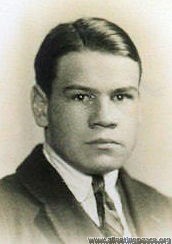
photo: 1926, when profession: 'None', aged 20
b. Barton-on-Sea, Hampshire. Lived in St Albans.
"Has owned an Avro and is a consistent and capable amateur with no previous record of indulgence in racing or spectacular flying of any sort. Succumbed to competitive urge early this year [1936] and bought a Comper Swift previously His Majesty's [i.e. Edward VIII] when Prince of Wales"
Killed in WWII: 3 April 1943, when a Flt-Lt 78 Sqn RAF piloting a Halifax II; buried in Eindhoven (Woensel) General Cemetery.
-
Rose, Thomas
Flt-Lt Thomas 'Tommy' Rose DFC 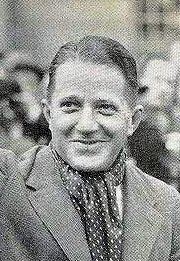 1936
1936b. 27 Jan 1895 - Alton, Hants
One of the best-known racing and pioneering pilots of the 30s.
His father, John, was a farm bailiff at Basing Farm, Froxfield, nr Petersfield, Hants. After working briefly as a bank clerk, Tommy joined the Royal Navy in 1914 and then transferred to the R.F.C. in June 1917.
"He was shot down three times, but escaped each time. He was awarded the DFC for his work with the fighter squadron in which Billy Bishop, VC, served. "
m. 1925 Margaret Elizabeth [Ashford], [divorced 1938]
Retired from the RAF in 1926 with the rank of Flight-Lieutenant.
In December 1931, he made an unsuccessful attempt on the UK-Cape record, and then flew back "by easy stages".
From Oct 1933, Manager and Chief Instructor at Sywell.
"TOMMY ROSE is gone from Sywell, but not forgotten. As sales manager for Messrs. Phillips and Powis, the Reading aircraft manufacturers, he spends quite a lot of time flying round the country. Last week his photograph was 'splashed' in all the national daily papers, greeting Mr. H. L. Brook, the Yorkshireman airman, on his arrival at Croydon after breaking the Australia-England record previously held by Jim Mollison. There was no mistaking Tommy’s famous sports jacket and boyish grin!
Mr. Rose, the way, left a last impression at Sywell. Shortly before leaving, when the new gate was being erected in front of the clubhouse, he carefully placed his foot in the wet cement and printed beside it 'Tom Rose' with a trowel. The cement hardened, and the 'Rose' mark is there for posterity to reverence! Hundreds of feet have since trod the hallowed spot." - Northampton Mercury, 12 April 1935
Competed in the King's Cup six times, winning it in 1935...
![Kings Cup 1938 Tommy Rose [0122-0170]](/images/gallery/air%20races/preview/333s333/Kings%20Cup%201938%20Tommy%20Rose%20%5B0122-0170%5D.jpg)
© The Royal Aero Club [0122-0170]
... and coming second in 1934 and 1936.
[The 1935 King's Cup itself recently sold at auction for £3,900:

Photo kindly supplied by Sarah Chambers, reproduced by kind permission of Sworders Fine Art Auctioneers.]
He became a national hero in March 1936 after his flight to Cape Town and back; "he can now claim to have made the fastest time for the trip both out and home. His new record is 6 days 6 hr. 57 min. (he got to the Cape in 89 hr. 37 min.), which beats F/O David Llewellyn's time—the previous best—by 5 hr. 6 min."
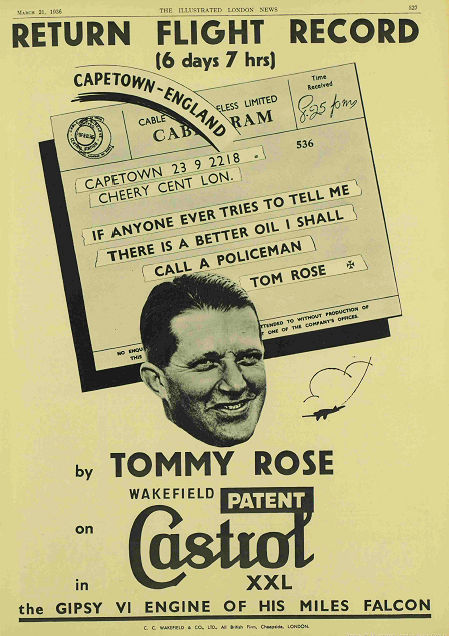
After the flight to the Cape, he had tea with the Prime Minister, General Hcrtzog, and also saw General Smuts. However, he was charmingly modest about his achievements:
"TOMMY ROSE ON LONG FLIGHTS
SAYS RECORD ATTEMPTS ARE 'LARGELY BUNKUM'
This flight business is bunkum! The authority for that picturesquely phrased piece of information is Flight- Lieutenant Tommy Rose, and he should know, for he hit the headlines in all the national newspapers when he smashed all records for the flight from London to the Cape. In a talk to the Round Table at Stewart's Cafe on Monday he summed up the whole business in these few words: 'All long distance flights are largely bunkum. The national newspapers, if there is no other news at the time, whip up an interest in these flights, and if one gets there safely and breaks a record everyone thinks: 'By gad, here's one of the twelve apostles come to life!’ (Laughter.)
'But I assure you there is nothing in it. The only things you have got do to be successful are to get the best machine you can find and then practise sitting still for a long, long time . . . . '
Reflections wise and witty on flying in general and his own flight in particular made Flight-Lieutenant Rose's talk one of the most delightful and amusing to which Tablers have listened to for a long time. His racy manner produced a laugh at almost every sentence, and a more unassuming world record breaker than this genial young man would be difficult to find.
There was one richly humorous story which is worth repeating. 'When I eventually got to the Cape I had to broadcast to the Union,' he said. 'The announcer seemed very nervous and this was what he said: ’Who do you think I have here the studio? None other than Mr Tom Mollison, who flew from London to the Cape in 37 days 18 hours.’ I met General Hertzog few days later and he said: 'if it takes all that time to fly, don't you think you had better come by boat next time?’
Flight-Lieutenant Rose answered a number of questions and urged the need for municipalities laying down landing grounds for aircraft. Members of the Rotary Club and of other Round Tables were present, as guests, to hear the airman’s talk. " - Eastbourne Gazette, 6 May 1936
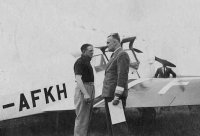
© The Royal Aero Club [0129-0039]
Before the 1936 Schlesinger Race to Johannesburg, he predicted: "It is my opinion that the pilot of the aeroplane which gets there in under forty-eight hours will deserve just about the biggest bunch of bananas ever found.
Having got lost myself many times down this route when flying without wireless, I fully expect to do so again, and the pilot in this race who can honestly say at the end that he was sure of his position all the time will either be very lucky, very clever, or have a queer idea of honesty."
From 1939 to 1946, Chief Test Pilot for Miles Aircraft, living in Sonning, Berks; in July 1943 he was reported to have "improved considerably and to be well on the way to recovery, after he contracted a chill when captaining his works cricket team. "
Won the Manx Air Derby in 1947, still flying a Miles Hawk; three circuits of the island at 181 mph.
d. 20 Jun 1968 - Alderney, Channel Islands.
-
Scott, Charles William Anderson
Mr Charles William Anderson Scott 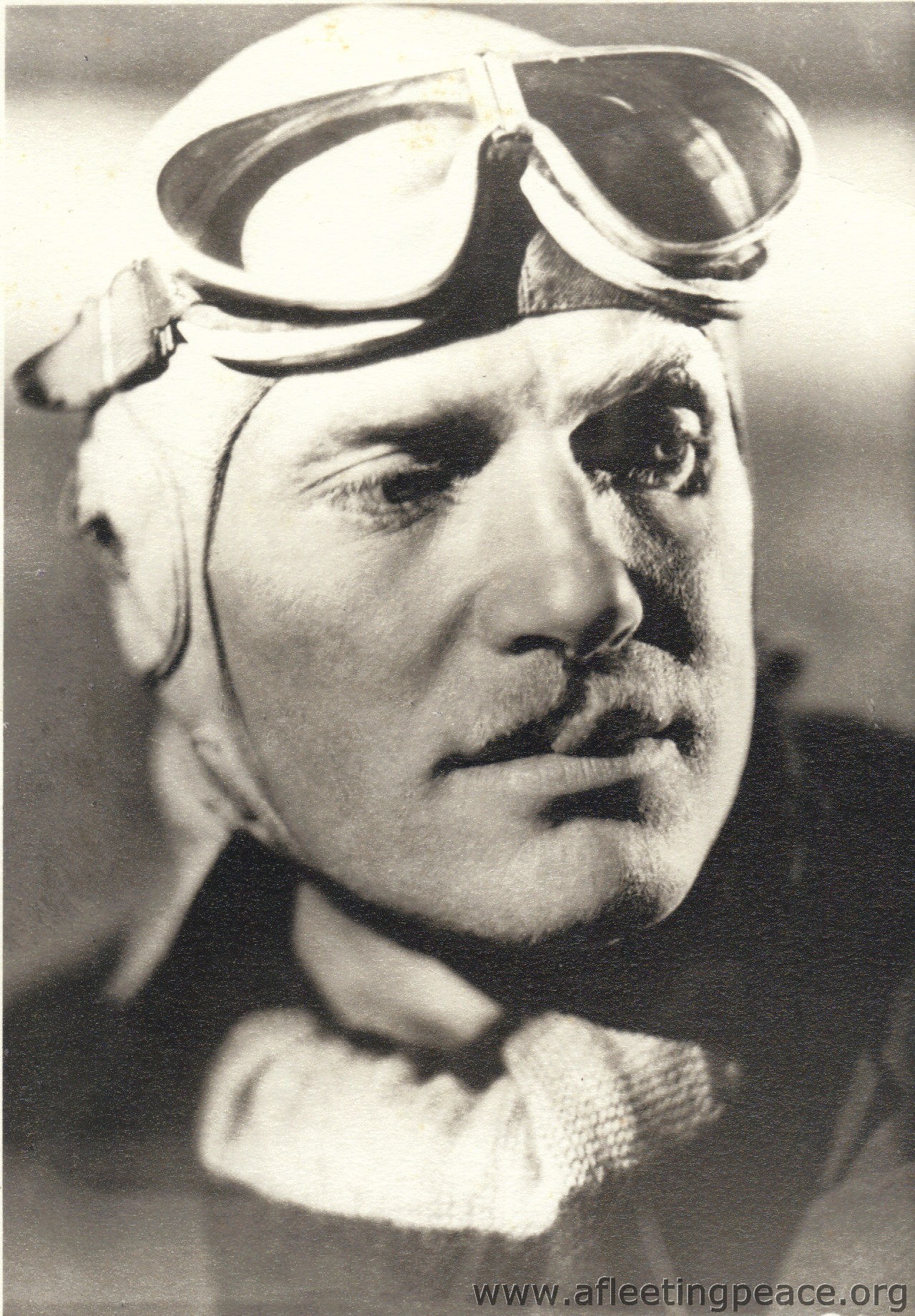
photo: 1934, aged 31
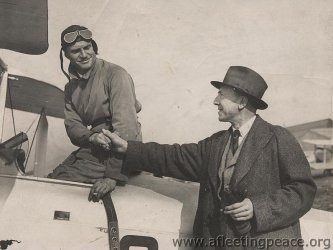 with his father Charles
with his father CharlesBorn 13thFebruary 1903 in London
One of the truly great aviators of the 1930s, establishing many long-distance records and winning some of the most important long-distance races of the period, but rather went to seed after that and shot himself after WWII. Scott wrote a book, and enterprisingly called it 'Scott's Book'.
"Scott is a splendidly-built six-footer, always in excellent condition. His other sporting recreations are golf and sailing."
"Charles Wiliam Anderson Scott, aviation editor of the 'News Chronicle', is the elder son of Mr Charles Kennedy Scott, the musician and conductor.
Educated at Westminster School, the future airman began his career as a sugar planter in Demerara, South America. The experience did not prove at all to his liking and he returned to England in 1922. Sailing was his passionate hobby - it still is - but as a youth trying to find his rightful career, flying did not occur to him until a friend suggested joining the Royal Air Force. Young Charles Scott sent in his application and thought little more about it until he found himself accepted and ordered to report to the Flying School at Duxford.
The Royal Air Force occupied the next four years of his life [he was heavyweight and light-heavyweight boxing champion whilst in the RAF] and in 1926 he was again wondering what was the next move when chance played the deciding game again. A sharp shower of rain sent him scurrying into Australia House for shelter with the result that he was bound for Australia not many weeks later.
There Scott became a pilot with Qantas Ltd., flying the mail routes in Western Queensland and acting as a flying instructor from 1927 to 1930. During that period he met the late Bert Hinkler, Mrs Mollison and the late Sir Charles Kingsford Smith and was inspired to break records.
Scott resigned his flying job in Queensland and came to England in 1931 determined to break the England-Australia record, despite accumulating financial troubles caused by the rising Australian rate of exchange.
He got there, reducing the record to 9 days 3 hours. That year he flew back again and made another record of 10 days 23 hours. Both flights beat Sir Charles Kingsford Smith's times.
In 1932 he attacked the England-Australia record for the second time and regained it with 8 days 20 hours.
The greatest adventure of his career was the magnificent flight in the Mildenhall-Melbourne air race of 1934 when he and the late Tom Campbell Black reached Melbourne in just under 3 days.

On September 17, Scott was married to Miss Greta Bremner, younger daughter of Mr and Mrs E L Bremner, of Melbourne, Victoria, Australia, only 12 days before the start of the Johannesburg air race."
- from the Celebration Dinner programme after the race (October 14th 1936 at Claridge's Hotel).
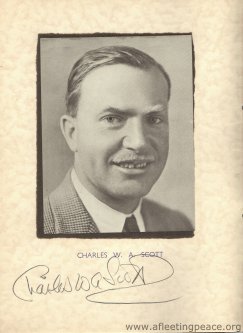
In 1936, his "Flying for All" Display embraced over 150 centres in the United Kingdom and Irish Free State, and was aimed particularly at "familiarising people with some of the cheap, easy-to-fly light aeroplanes available to-day".
Died 15th April 1946, in Germany, aged 43
.jpg)

p.s. The £10,000 MacRobertson first prize would, using average earnings, be worth about £2 million today.
-
Sparkes, Sydney W
Mr Sydney W Sparkes 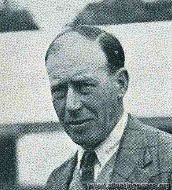 1936
1936"Began his aviation career at Hendon before the War [he was an instructor at the Grahame-White School there] and served with the RNAS throughout it. Remained with the RAF 1918-31 and was instructor for the last seven years of his service. Later he flew for various companies" -
Waight, Robert John
Mr Robert John 'Bob' Waight 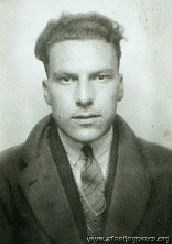 1932, aged 23
1932, aged 23Joined de Havilland at Hatfield in 1928 and was their chief test pilot from 1935; killed flying the TK4 at Hatfield in October 1937.
Hatfield later turned into an industrial estate (sigh) and Waight Close is named after him.
-
Wilson, Hugh Joseph
Mr Hugh Joseph Wilson 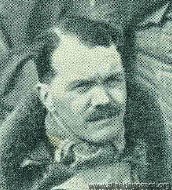 1936, aged 28
1936, aged 28"Tough, broken-nosed" Hugh "transferred to the RAF Reserve in 1934 after serving with shore-based boats and float-planes and with the school of Naval Co-operation at Lee-on-the-Solent.
Later chief flying instructor to the York County Aviation Club at Sherburn-in-Elmet, and flying instructor to the Blackburn RAF Civil FTS at Hanworth and demonstrating B.2 Trainer and Cirrus-Minor-in-B.A. Swallow alternately."
-
Wilson, John Borthwick
Flt-Lt John Borthwick 'Jack' Wilson 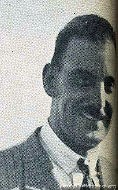 1936
1936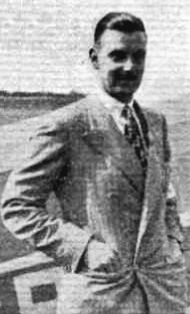 1935 - both 'Flight'
1935 - both 'Flight'b. 14 Jan 1901 - Strood, Kent
Father: John Gilchrist Wilson (1867-1915) from Lanark, Scotland, Mother: Bine [Ball] (1867-1936) from Strood.
He was the eldest of 4: Dorothy Sabina Catherine (1902-1980), James William Gilchrist (1903-1983) and William Ball (1905-1978).
Ed. Kings' School, Rochester, Herne Bay College
TA from 9th Jan 1915 (age 14)
m. 1922 in Thanet, Kent, Agnes Blanche [Newell]. 2 sons, (Peter, d. 1924), John Alexander Borthwick (d. 1953 in India, age 25)
RAFVR (General Duties Branch) from 1 Oct 1922; F/O from 1923, Flt-Lt from 1 Apr 1929
"Gained a certain wisdom when in the RAF by ascending to 20,000 feet daily on meteorological duties, weather or no. Thereafter took Desoutters through anything on taxi and charter work. Chief Instructor at Hanworth until acquired by British Aircraft Manufacturing Co Ltd for test pilotage. One of nature's quietest birdmen." - Flight
Pilot for National Air Services 1929-31; Gibraltar Airways 1931-32
Competed in the King's Cup Air Race in 1934 (eliminated in 2nd Round), 1935 (coming 14th / 29) and 1936 (placed 3rd / 26)
For his efforts in 1934, he was presented with a commemorative silver travel clock by the Royal Aero Club:

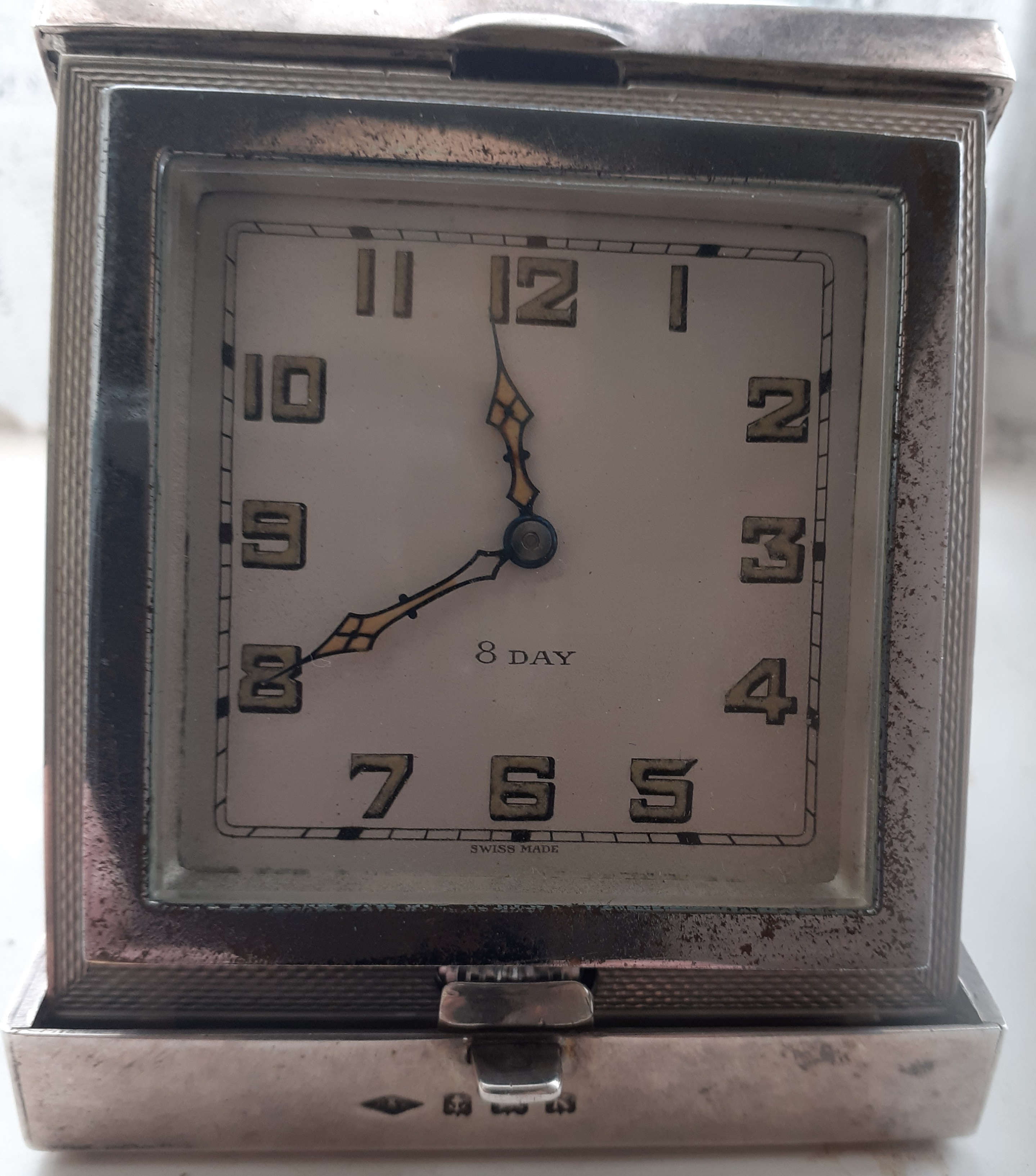 With thanks to Gary Wright
With thanks to Gary WrightRunner-up (Medal and £25, presented by the Cinque Ports Club) in the Folkestone Aero Trophy in September 1935, flying a BA Eagle
Spent 1939 to 1953 in the Royal Navy/Fleet Air Arm, ending as Commander.
d. 8 Feb 1973 - Birchington, KentBuried All Saints, Birchington:
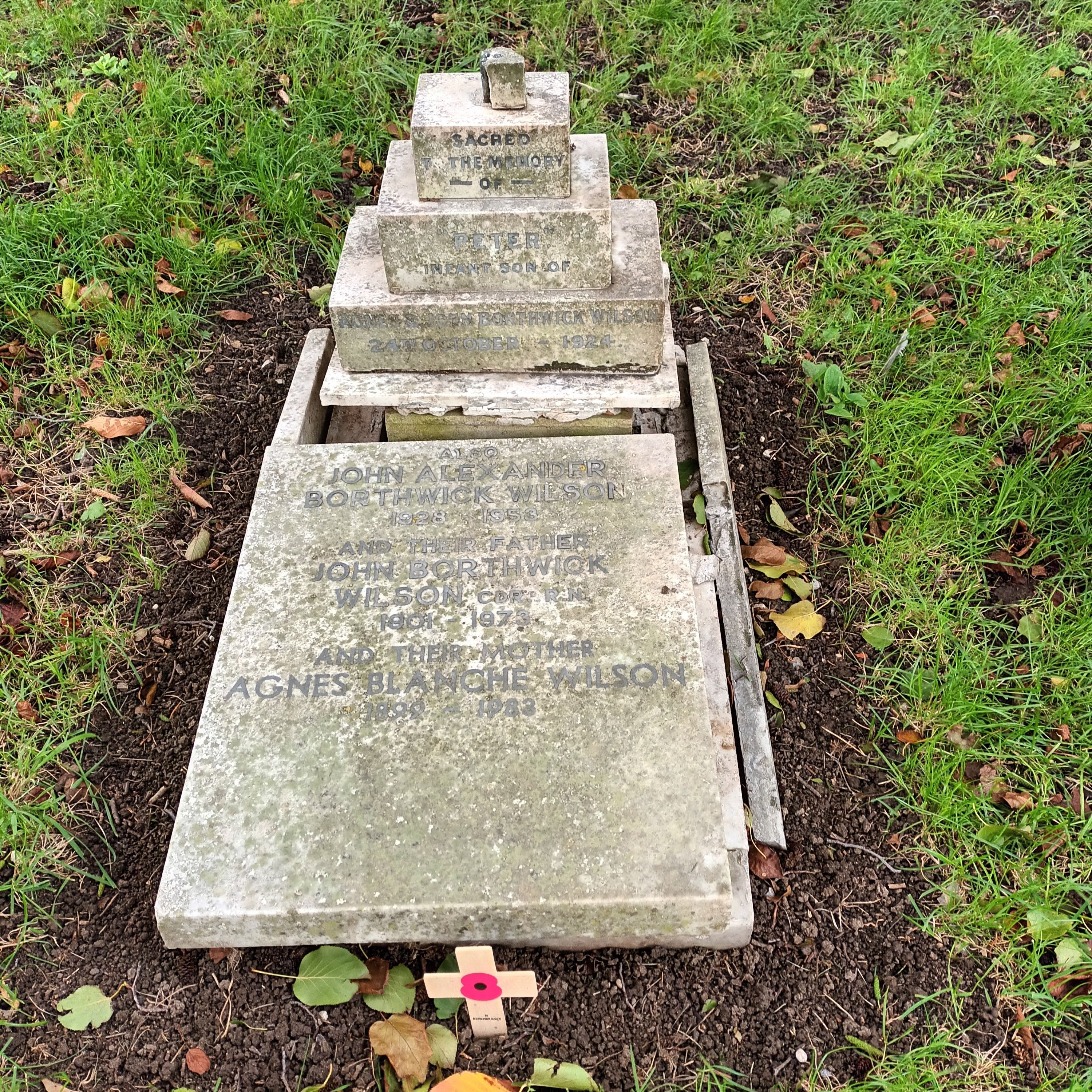
Based on research by Alexandra Gilbert
Page 2 of 2

